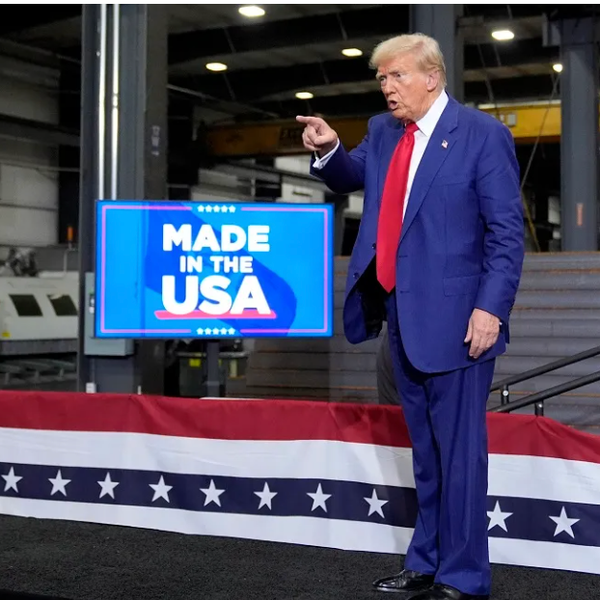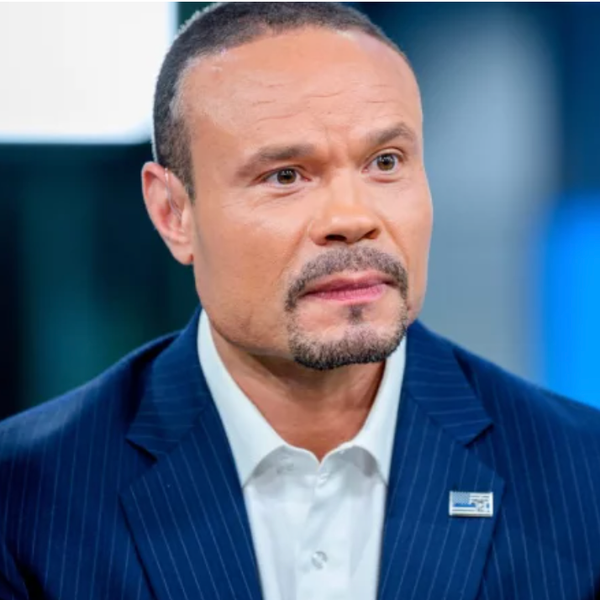Analysis: Why Rubio, Bush, Walker, And Kasich Are Not As Purple As They Look

By Ken Goldstein, Bloomberg News (TNS)
WASHINGTON — There are now 17 announced, or soon-to-be-announced, Republican candidates for president. And to the degree that they’re serious about winning the White House (an open question in some cases) they’re all trying to accomplish contradictory, if not mutually exclusive things: They have to sell themselves to the passionately partisan voters and caucus-goers in the early primary states (Iowa, New Hampshire, South Carolina, and Nevada), while simultaneously making the all-important case that they would be the strongest candidate to defeat Hillary Clinton, before a very different electorate than that of the GOP primaries, in November 2016.
But what do we actually know about which of these 17 would be the strongest general election candidate? Which of these 17 could compete and win in the nine battleground states (Colorado, Florida, Iowa, New Hampshire, Nevada, North Carolina, Ohio, Virginia, Wisconsin) that will likely determine the 2016 election? Which of the 17 could expand the playing field into states like Michigan or Pennsylvania?
There’s a lot to take into account when answering that question — but the partisan composition of the electorate is the single most important factor in American elections. And accordingly, a straightforward way to assess the candidates’ prospects in November 2016 is to take a close look at the electorates they’ve faced in the past.
Six of the Republican contenders (Ted Cruz, Lindsey Graham, Mike Huckabee, Bobby Jindal, Rand Paul, and Rick Perry) are from states that are reliably red — and have never faced electorates that would have the partisan distribution they would encounter in purple states. Two of them (Ben Carson and Donald Trump) have never ever faced any electorate whatsoever and one (Carly Fiorina) ran and lost in a blue state.
Five (Jeb Bush, Jim Gilmore, John Kasich, Marco Rubio, and Scott Walker) have won statewide elections in purple states, and three GOP contestants have won statewide contests in blue states (Chris Christie, George Pataki, and Rick Santorum).
But, even for those purple and blue state winners, presidential year electorates are fundamentally different than midterm electorates. Presidential electorates are less white, younger, and more Democratic than midterm electorates. And only one of the eight candidates who have previously won in blue or purple states has ever run statewide in a presidential election year. Gilmore ran for Senate in Virginia in 2008 and lost by more than 30 percentage points. In fact, according to my calculations, of the 40 elections that the 17 announced or soon-to-announce GOP candidates have collectively run in at the state level (not all of them wins), only four of those contests were in presidential election years — Gilmore lost in Virginia in 2008, Graham won re-election in South Carolina in 2008, Cruz was elected in Texas in 2012, and Santorum was re-elected in Pennsylvania in 2000. None of the other 13 candidates has ever faced statewide voters in a presidential election year.
This means that even candidates who have won in battleground states face significant hurdles. For example, Rubio won election to the Senate in 2010 in an electorate which, according to the exit polls, was 71 percent white, and in which Republicans enjoyed a four percentage point (40 percent to 36 percent) advantage in party identification. In 2012, the Florida electorate was 67 percent white and Republicans suffered from a two-percentage-point deficit in partisan identifiers (33 percent to 35 percent). Looking at the voter file in Florida, of the approximately 4 million registered voters who vote in just about every election, Republicans have a five-percentage-point advantage. But among the 3 million-plus registered voters who vote only in presidential elections, Democrats have a six-percentage-point advantage.
There are two Americas when it comes to midterm year electorates and presidential year electorates and while Republicans have enjoyed great success in recent midterms, the eventual nominee will need to attract or disproportionally mobilize a significant chunk of those citizens who only cast their ballots in presidential election years. Who votes is the most fundamental question in understanding who wins, and none of the Republicans have faced the who that will decide the 2016 election — presidential election year only voters in purple states.
Image: Election map by county that shows electoral tendency by shade of purple via Wikimedia Commons








